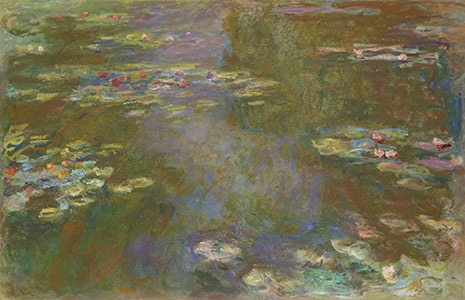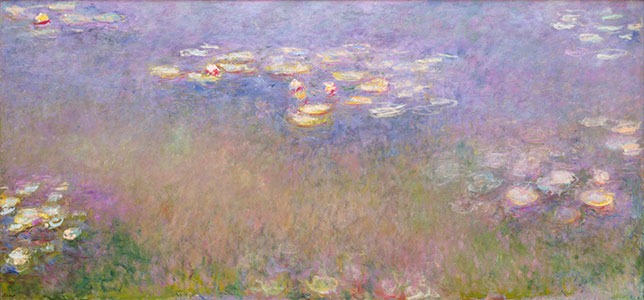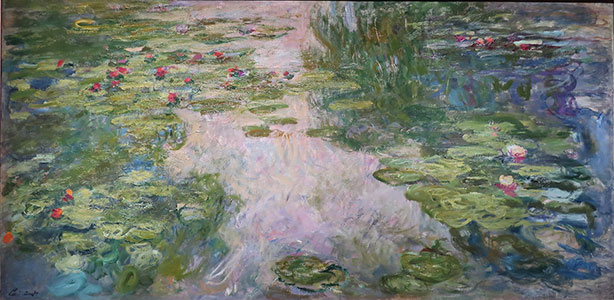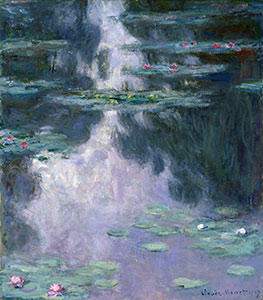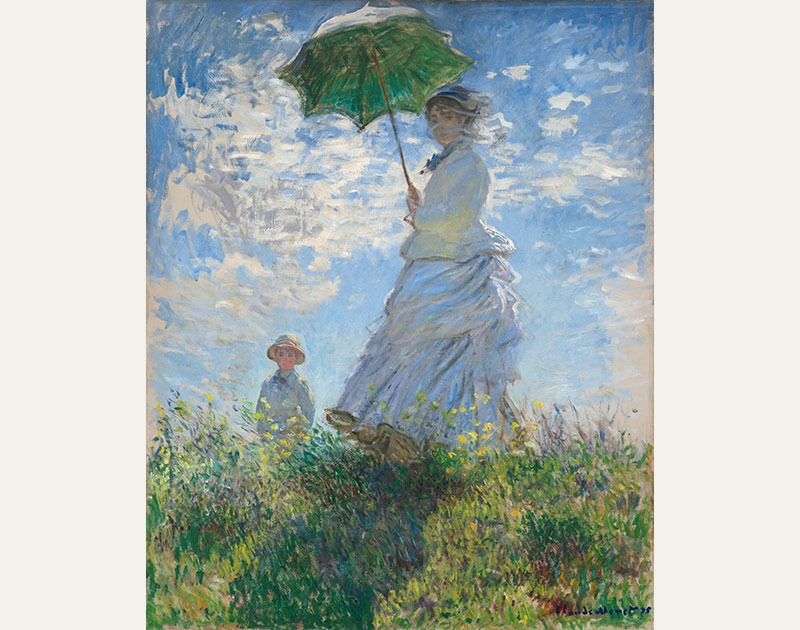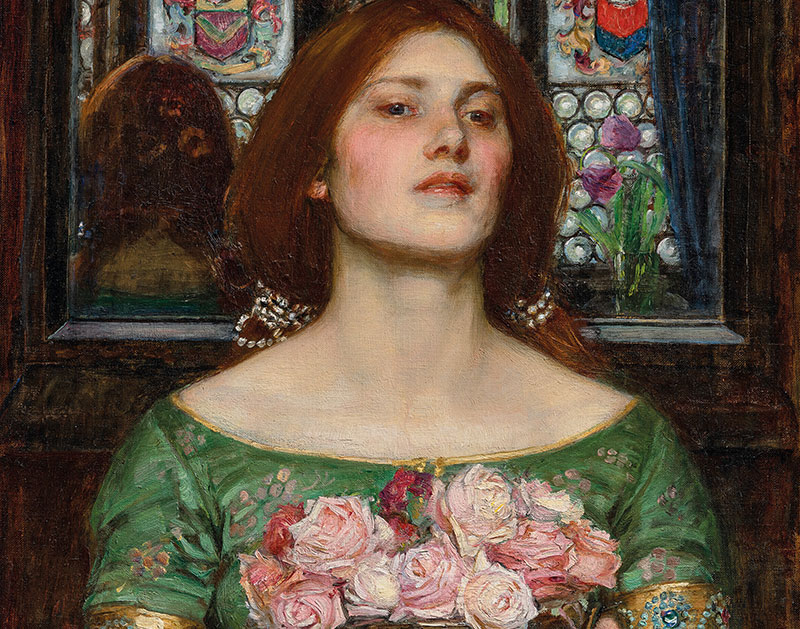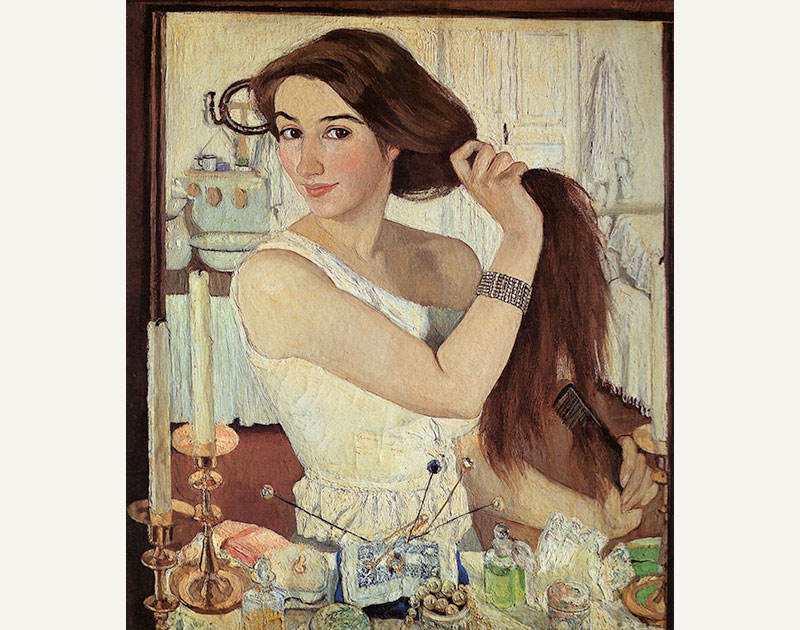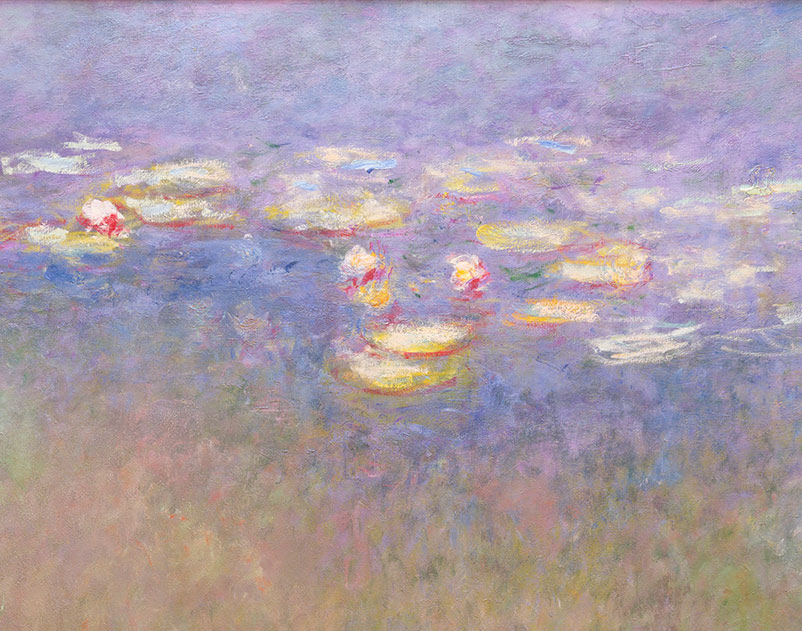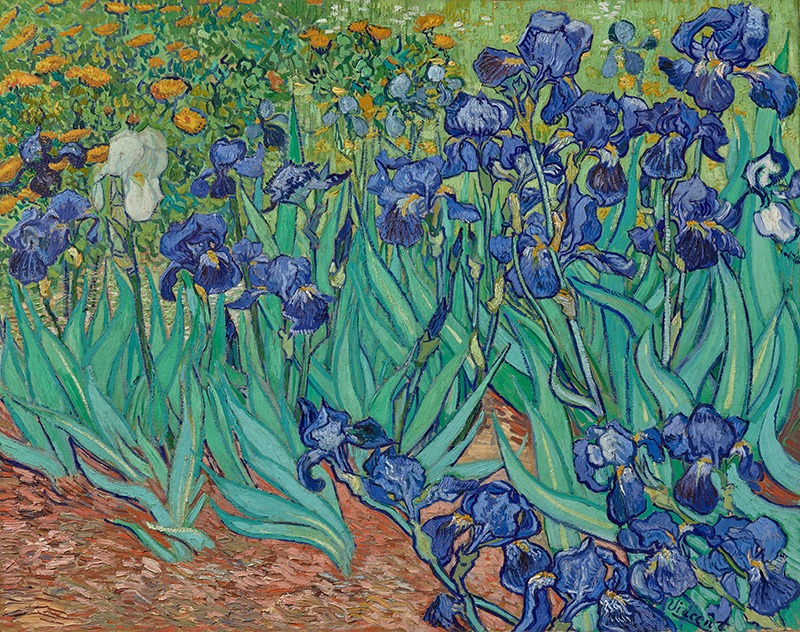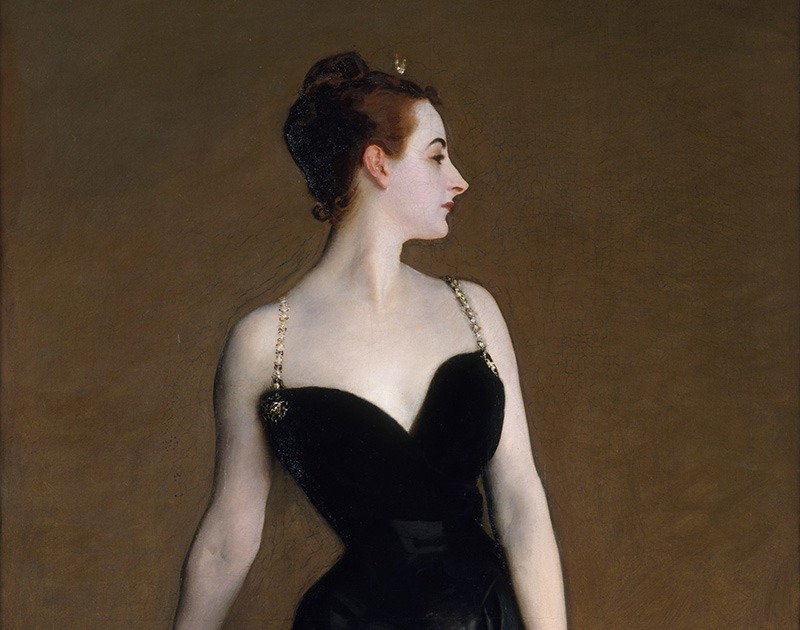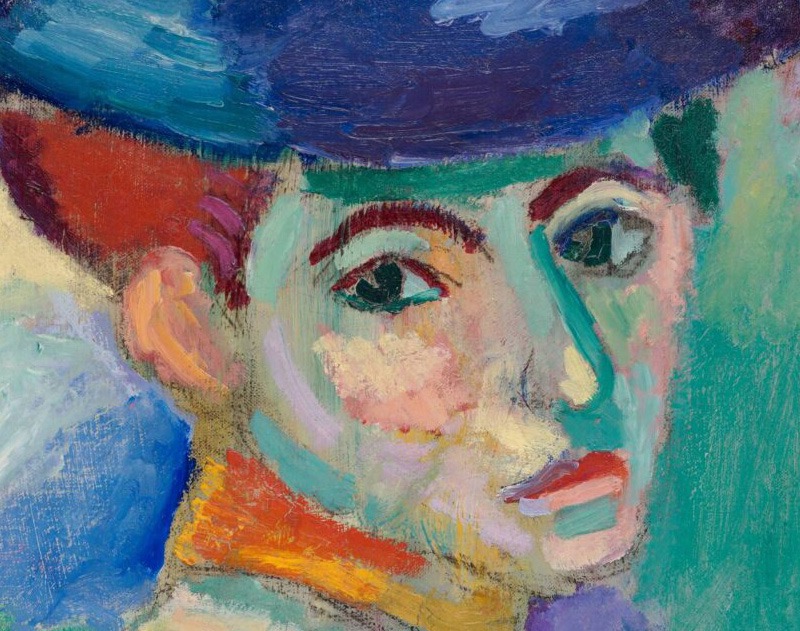Claude Monet’s Water Lilies: A Timeless Dance of Light and Reflection in Giverny
For over three decades, Claude Monet’s Water Lilies series has captivated art enthusiasts as the crown jewel of Impressionist mastery. Born from the artist’s obsessive study of his Giverny water garden, these 250+ paintings transcend mere floral depictions, embodying a revolutionary exploration of light, color, and ephemeral beauty that redefined modern art.
The Hypnotic Allure of Giverny’s Aquatic Eden
In 1893, Monet transformed a marshland near his Normandy home into an engineered ecosystem, diverting the Epte River to create a pond teeming with hybridized water lilies. This “liquid laboratory” became his sanctuary after personal tragedies, where he obsessively documented the pond’s metamorphoses—dawn’s lavender-tinted blooms dissolving into twilight’s crimson ripples. Unlike traditional landscapes, Monet abandoned horizon lines, immersing viewers in a shimmering universe where water mirrors sky, and lilies float like constellations. His technique of layering 15+ paint layers created depth through chromatic vibration rather than perspective—a hallmark of his late-career Nymphéas masterpieces.
Decoding Impressionist Alchemy: Color as Emotion
Monet’s radical “broken color” approach—applying pure pigments in rapid, unblended strokes—achieved unprecedented luminosity. Morning scenes burst with cool violets and pearly whites, while dusk compositions smolder in ochre and vermillion, their complementary clashes (emerald pads vs. scarlet petals) electrifying the canvas. As cataracts dimmed his vision post-1914, his palette grew bolder, with inky blues and abstract swirls anticipating Abstract Expressionism. Art historians note how these works operate simultaneously as botanical records and emotional landscapes—the trembling brushstrokes mirroring Monet’s grief over WWI’s devastation.
Download Image List

